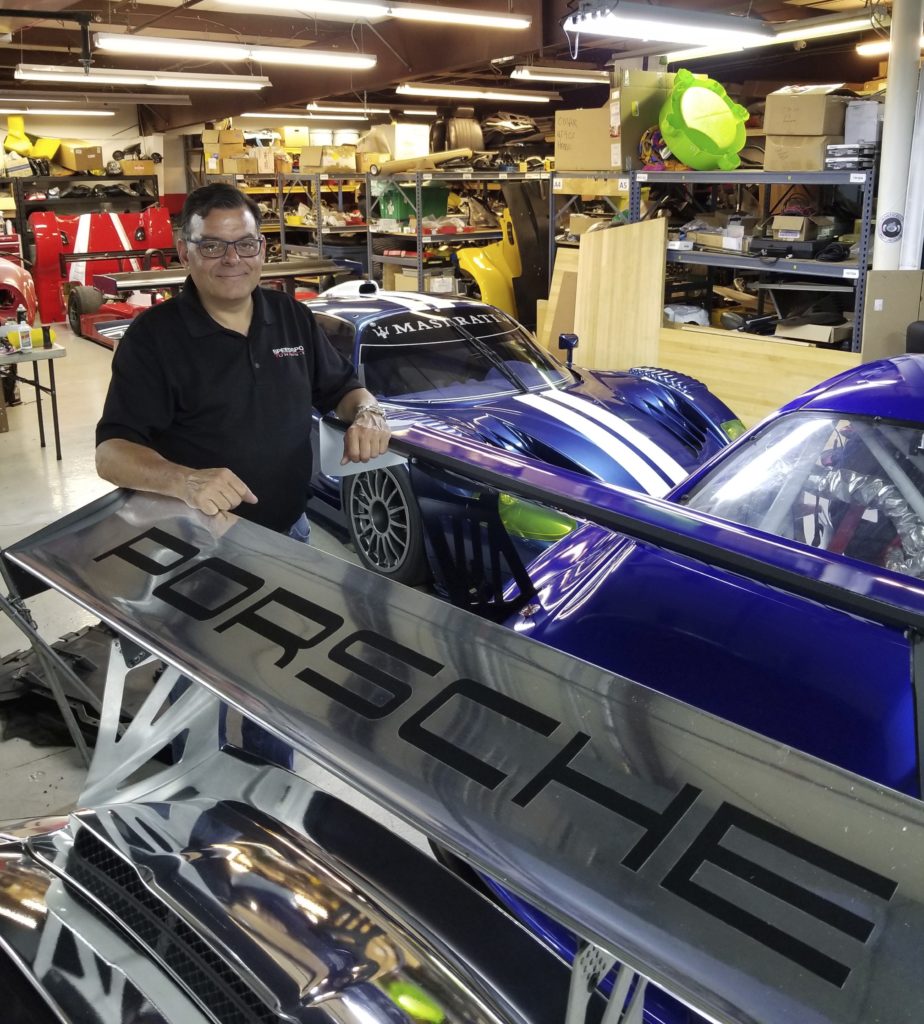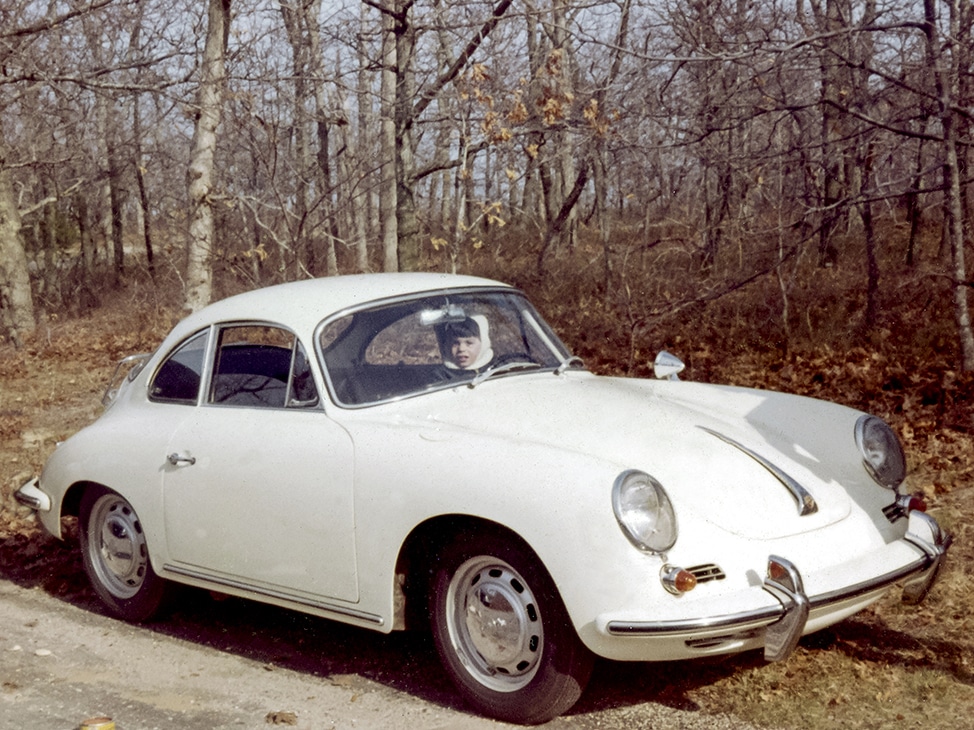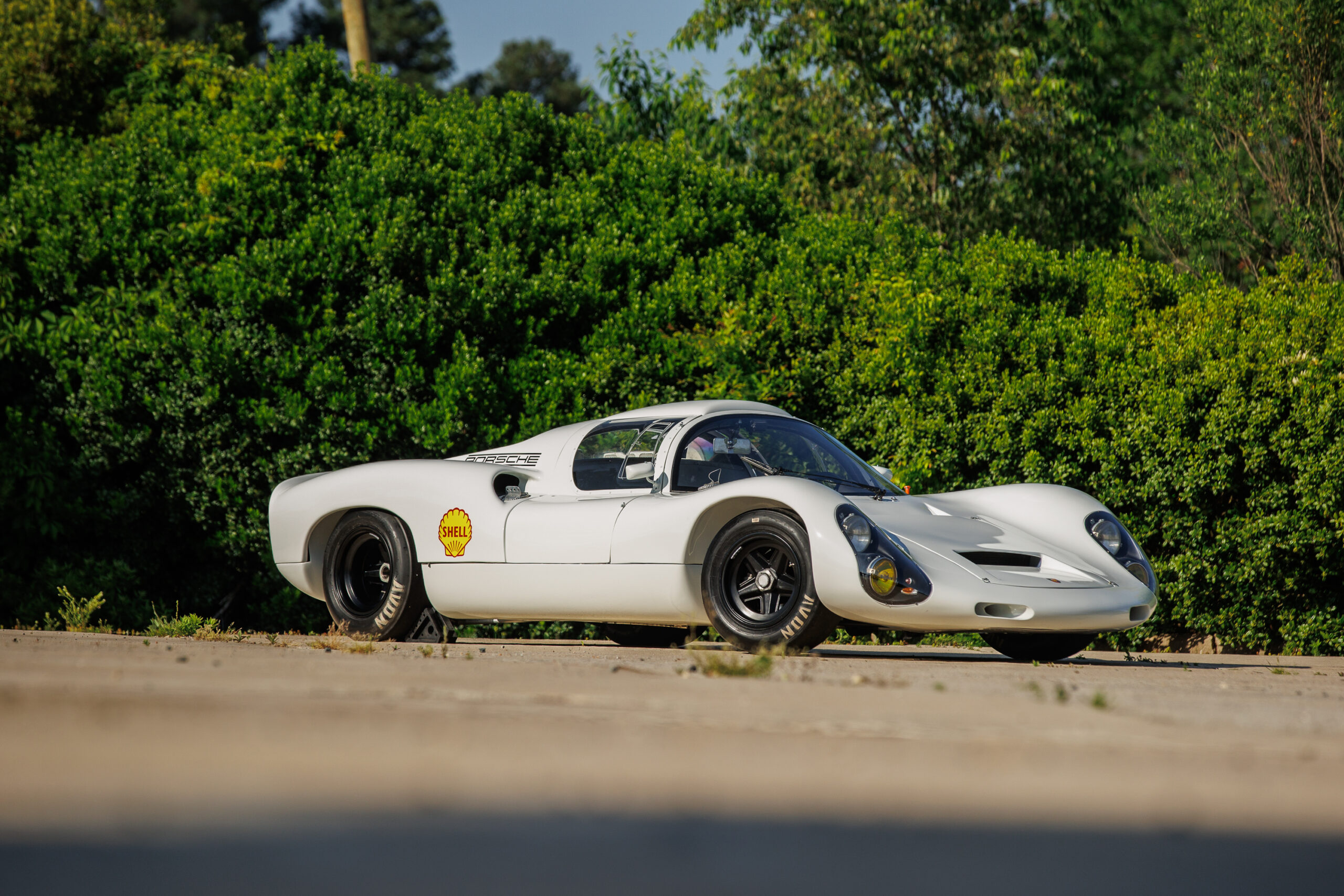Photos by Sean Smith
When Spencer Cox was three years old, his father traded in his Facel Vega and came home with a shiny new 356, starting his son on a life long association with Porsches. While Dad was on track with the 356, Spencer was in the paddock playing with his toy cars, thinking some day “I’m going to be a race car driver and that 356 will be mine.”
With a love of how things work, Spencer went about taking apart and rebuilding household items. He had a perfect track record until he came to his dad’s Nikon camera—then, not so good.
Luckily for all, that search ultimately took him to his mom’s mechanic, where he had an after-school-and-summer job scrubbing floors and scraping gaskets.
By 16, he followed his father to California and obtained a summer job with his mechanic, Klaus Holthaus, spending the summer at North American Racing Werks. Back in New York in 1980, Spencer finished high school and started working in a speed shop on Long Island. Winter had come; he found himself in the snow under a Dodge Charger with a big motor, working on a set of headers. Burning himself badly made up his mind: it was back to California. Holthaus had seen promise in the young wrench, so he found him an apartment across the street from the shop and gave him a full time job.
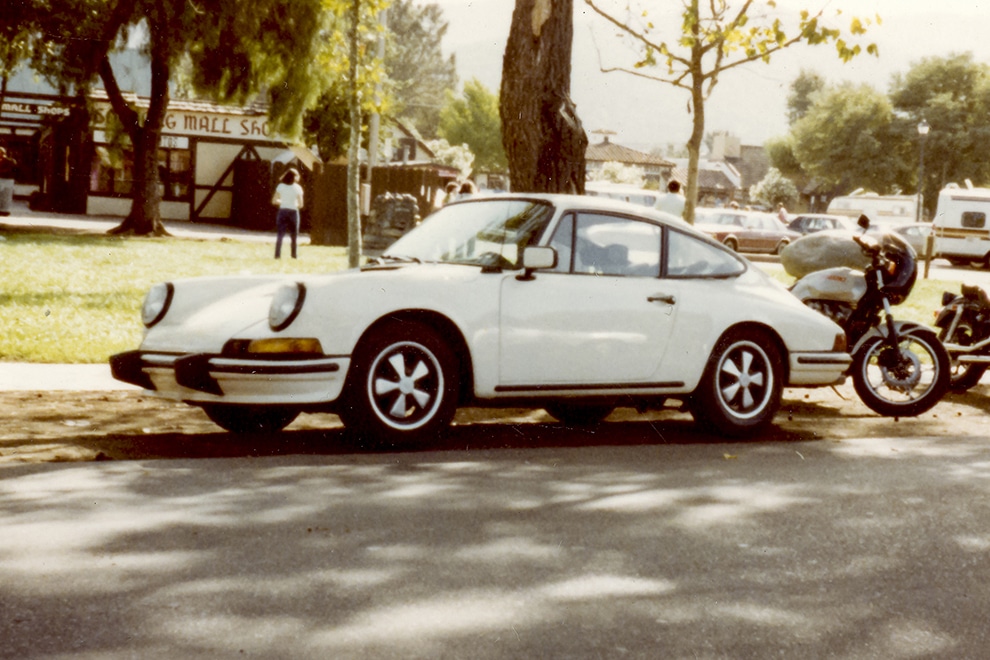
Not much later, Spencer’s grandfather passed away, leaving him $5,000; he became the proud owner of a customer’s 912. Spencer souped it up and started street racing on Mulholland Drive. Wednesday and Saturday nights all the racers met at a 7-Eleven lovingly called “The Pit” on the San Fernando Valley side. Cruising up Coldwater Canyon, everyone met at the top, at Mulholland. From there, it was a race for bragging rights, cash, and even pink slips. Because Spencer was behind the wheel of a 912, going up against Camaros 280Zs and early Ferraris, he only raced downhill.
But he won.
On the weekends, he followed his boss to all the California tracks; during the week he worked on road cars. It was a tough life, but he earned his chops and developed a strong work ethic.
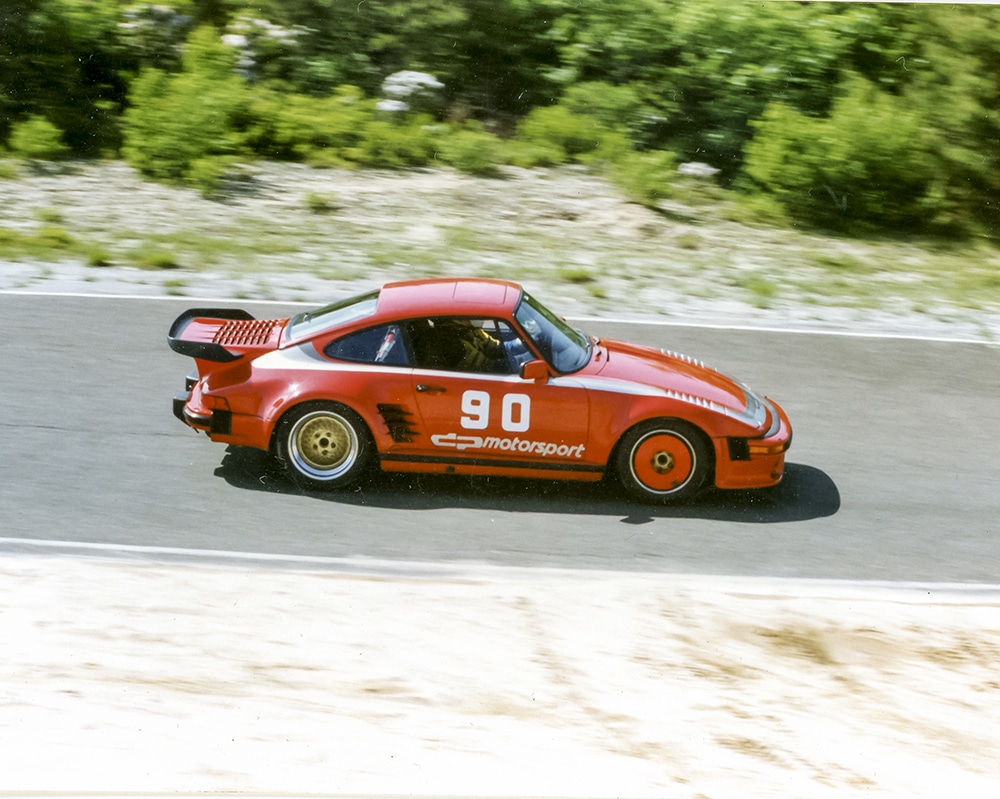
In the late 80’s, Spencer found himself back on the East coast, thinking he might get out of the industry—but inexorably he was pulled right back in. In 1989, Spencer went to Germany and met Ekkehard Zimmerman. He returned to the states and opened up DP Motorsport, becoming the only certified engine-and-car builder in the US for DP Motorsports Germany. In the early 90s, however, another company started making cheap knock-off parts of DP’s pieces, and ran DP into the ground as far as sales in the US were concerned.
He spent the next few years running the racing departments at Lynmor Motorsports and at Precision Automotive on Long Island. A home on a lake in Connecticut had Cox commuting for a time back to New York.
Spencer finally walked into Larry Prentiss’ Speedsport Tuning in Norwalk, CT, asking for a job and stating he wanted to own the place. No problem. He got the job—Larry wanted out within the next five years. Everything accelerated when, after a year, Prentiss was already ready to call it quits.
By 1997 the shop was his.
Spencer also started a long distance friendship with Horst Farnbacher. At the time the shop was running more Cup cars than anyone in the country. They were buying a lot of cars parts and trading set-up intel; he and Farnbacher became friends over the phone. In 2002 they met face-to-face in Monaco, and by 2004 Horst’s son Dominik was spending his summers living with Cox, seeing all the U.S. tracks, and taking laps in customer’s cars.
The thought came together between these two to open another shop. The Norwalk shop would be strictly road cars and the racing end was to move to Danbury. But they needed money to get the dream rolling.
Enter Greg Loles. One day it no longer was Speedsport Tuning with Farnbacher GmbH, it was Farnbacher Loles, with Spencer running the PCA show.
Regrettably, there were alleged financial wrongdoings on the part of Greg Loles; the shop ceased to exist. Not to worry—Spencer had plenty of customers who believed in him. They bankrolled him, and he moved across the street along with all his mechanics. They all rummaged the back of their closets, dug out their Speedsport Tuning shirts, and started again fresh.
When Spencer turned 50 there was still one thing missing. He was never going to be the hired gun. Cox likened it to Scorsese picking an unknown out of his waiter job and taking him to Hollywood; he wanted to be picked out of a club race and sent up to the big time. It just wasn’t going to happen.
Then came 2012. The Fiftieth Anniversary of Daytona Speedway. The fiftieth anniversary of Spencer’s birth.
Four customers had put together a ride through TRG for the 24 hours. Their pro driver was unavailable at the last moment. The call went out: “Spencer, we want you to anchor the team!” The customers were covering his ride. Reading the fine print on the contract, Spencer realized he would be responsible for any crash damage.
“Guys, I’m out. I can’t write that check.”
“Don’t worry, we’ll cover you.”
The next thing he reads is he would be responsible for a blown engine.
Again. “I’m out!”
“Don’t worry, you’ve never missed a shift. Anything happens, you can pay us back.”
Good enough.
Days before the race he was sent out to bed in brakes. “You’ll learn the track and you’ll learn the car.”
Two laps out the motor goes flat, smoke everywhere. The motor has blown.
Coming into the pits, the mantra going through Spencer’s head is ‘I didn’t over rev it! I didn’t over rev it! I didn’t over rev it! I’m not paying for this! I’m not paying for this!”
The chief engineer from Porsche Motorsport came running with his laptop, along with the engineer from TRG and the manager and CEO of Porsche USA, each with their laptops. They all plugged in and start going over the data. They finally turn to Cox and said: “Not your fault, it blew on its own.” They found a motor—in time to race!
Cox climbed into the car at about 5PM. He found his groove and his pace and started passing people. As in drivers in other cars. Their car was running well. The drivers cycled through again.
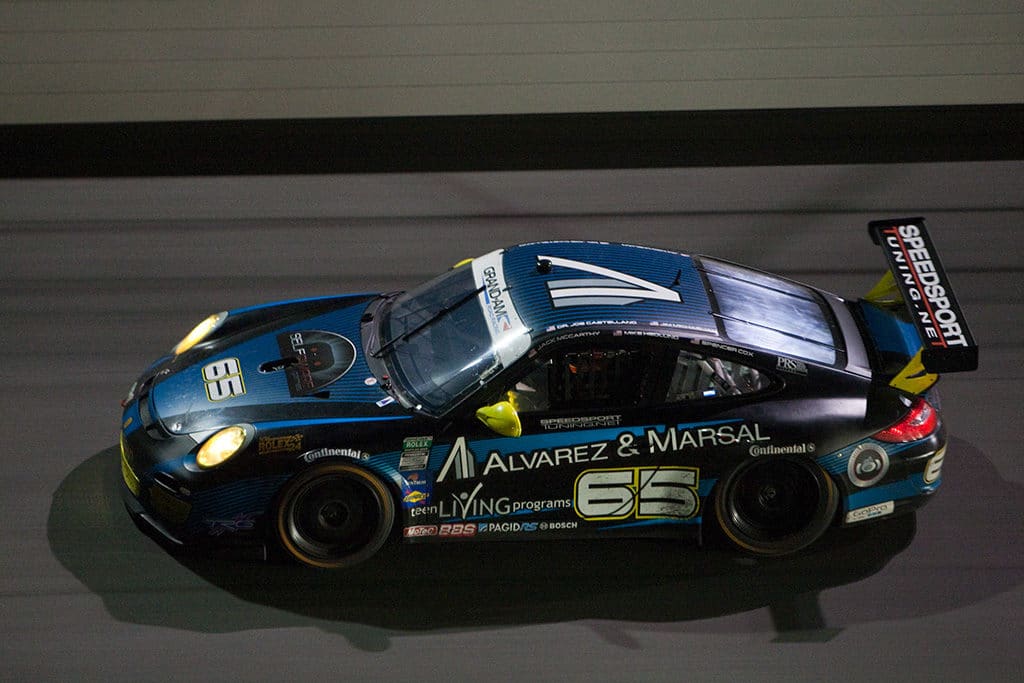
“Spencer, how are you at night?”
“Fine.”
Back in the car. Did a stint. “How are you feeling?”
“Great!”
Another stint. Came in.
“Everyone is sleeping, can you do another?”
“No problem!”
Three in a row. Mechanical problems sidelined them for a while, but they finished in one piece. And Spencer was finally a hired gun.
At the end of 2013 Spencer had an empty space in his trailer so he picked up a 2009 Cayman in Florida while he and his crew were in Daytona for a PCA race weekend. They hauled the Cayman to Connecticut after the race weekend, only for it to sit idle for moths. They sourced parts, they saved money, and they made plans. Then the crew at Speedsport Tuning transformed that very capable road car into a highly competitive track machine. And all within the very strict guidelines of PCA racing.
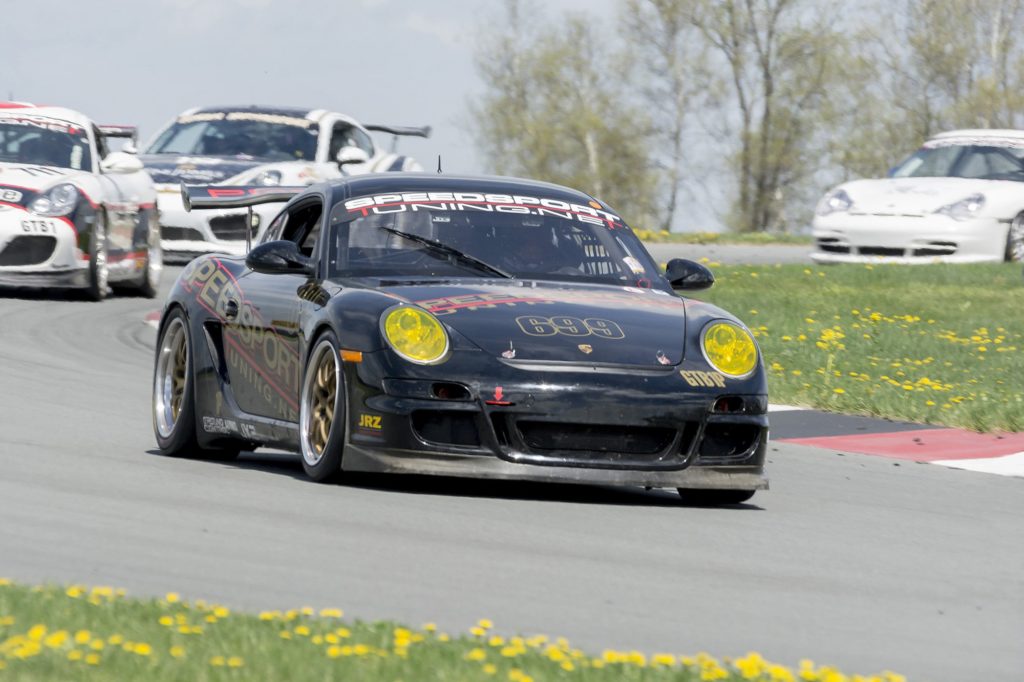
The GTB1 class was founded on retired professional racecars. Porsche Club racing took the rules from the series the cars had run in and they came up with a class called GTB. So there are 964s, 996s, 997s, and earlier iterations of the 911 present, along with Caymans and Boxsters.
In GTB1, no engine modifications are allowed. So the only changes to the Speedsport Tuning Cayman were a Soft-Tronics chip and a custom Car Graphic exhaust. As the car is running a PDK, it’s designated GTB1P and it has to carry a 100-pound penalty over standard transmission cars.
Spencer ran 23 races in his Cayman during the 2014 – 2015 season. He scored 18 class wins, of which five were overall victories. For that he became the 2015 national GTB1 champion.
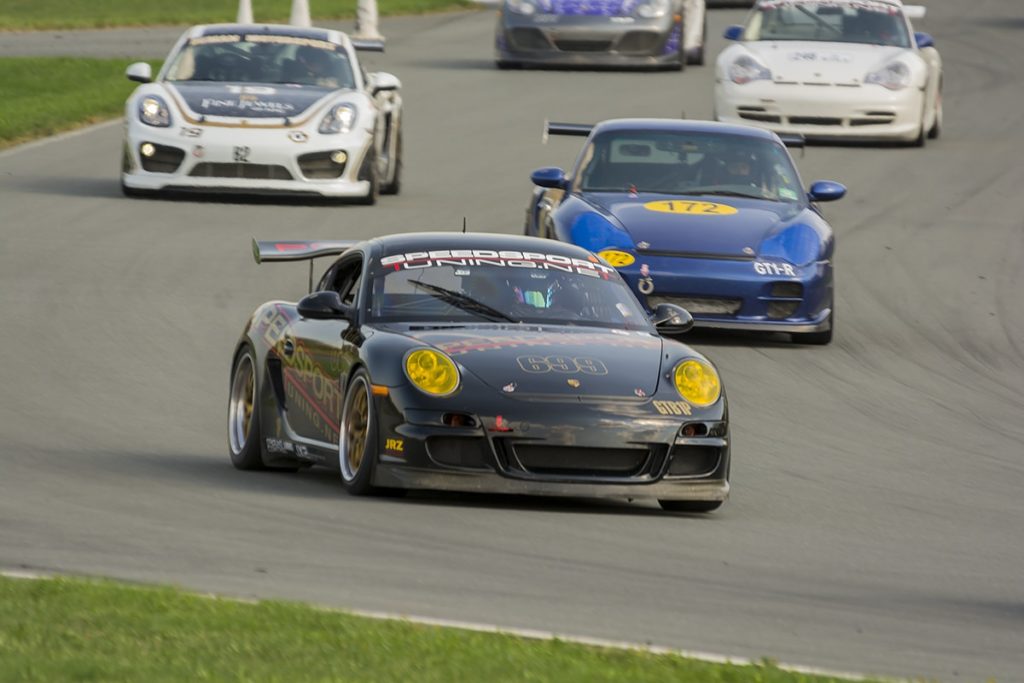
The Cayman soon became the object of desire of one of Spencer’s good customers. So Spencer was now without a racecar.
Enter a 2008 GT3 Cup Car. He had seat time; he knew what he could do with this type of machine.
So in 2016 he and the car went out and rocked the GTC4 class. In 20 outings there were 15 wins; five were first overall, two were second place finishes, two were third places, and there was just a single DNF.
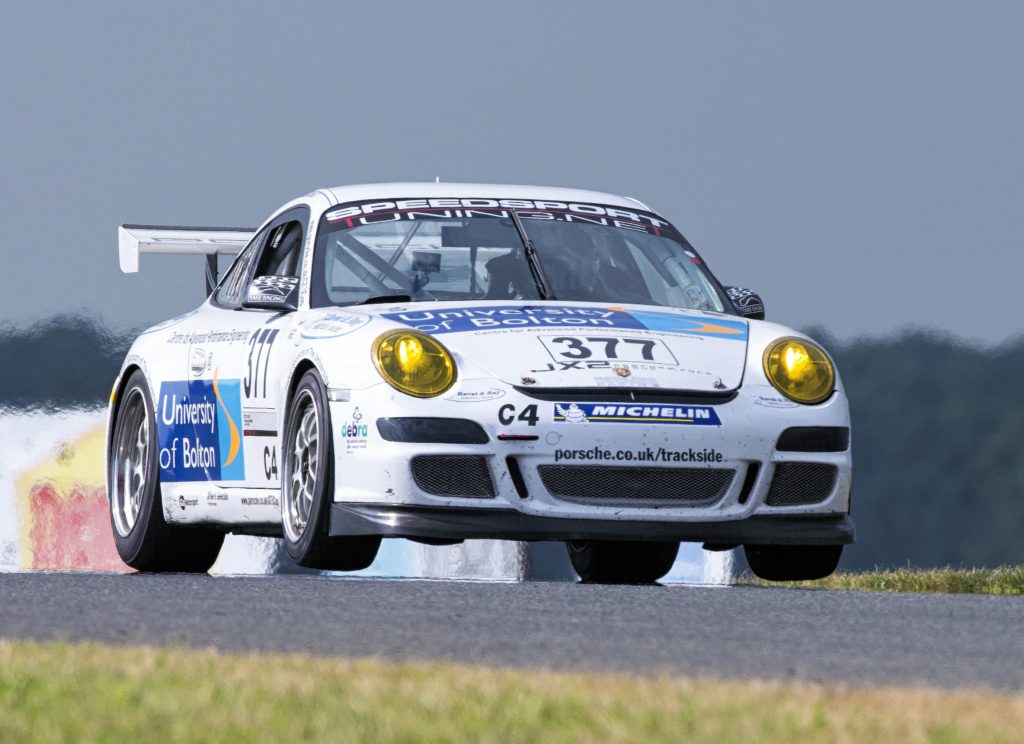
Even having to miss a few races, this still gave Cox the 2016 National championship in GTC4.
The shop continues; Spencer goes on racing, and his late father’s 356 will be with Spencer forever.
What’s next? We’ll wait and see.
